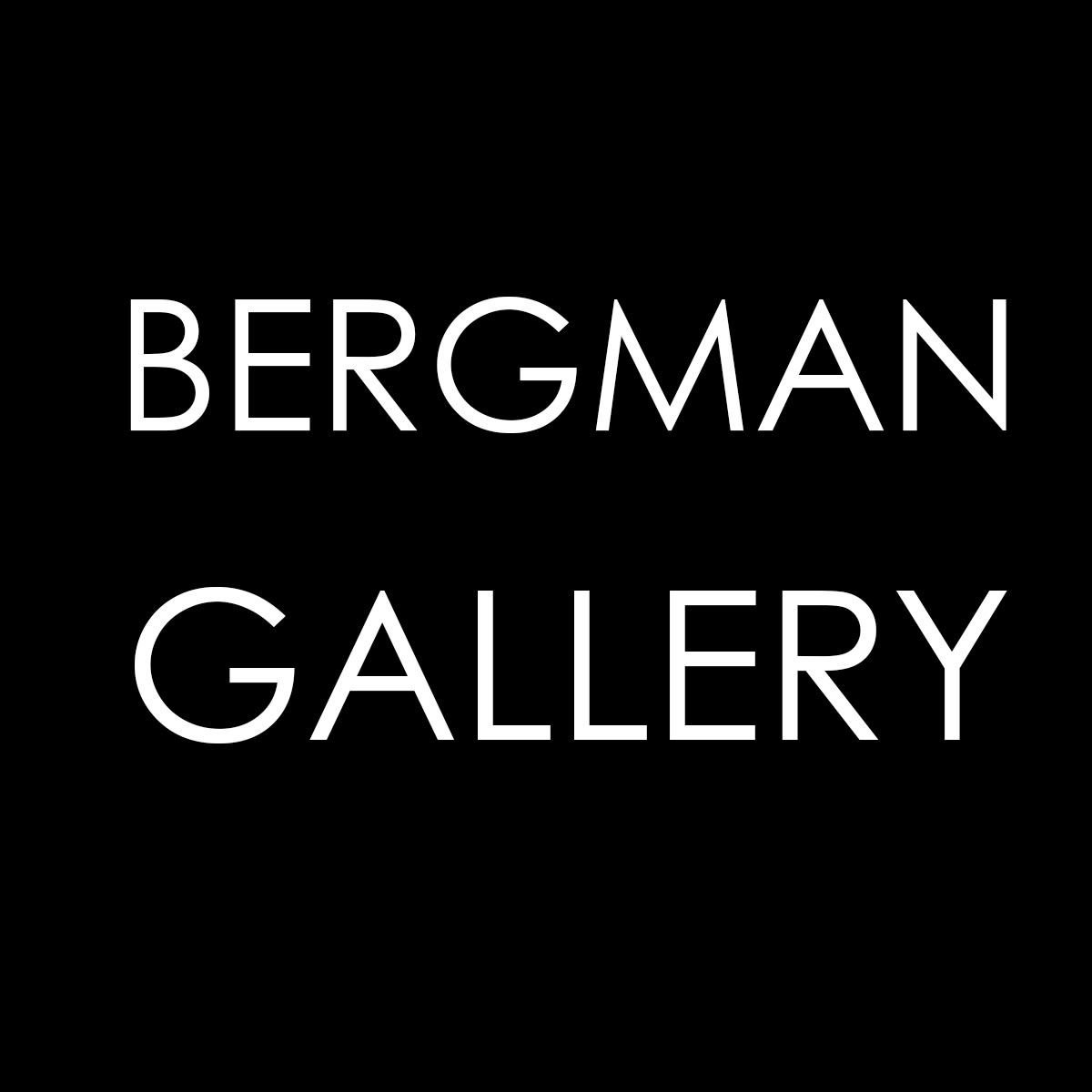I was talking with friends one evening and the topic of humanity and current world affairs arose. The conversation concluded much later with one asking, ‘What are we coming to as a species?' Andy Leleisi'uao.
Opening Speakers:
Ben Bergman, Director, Bergman Gallery
Samantha Beckett, Deputy New Zealand High Commissioner, Cook Islands
Today the world is at an ideological precipice. While the Middle East is rife with tribal, religious and geo/political power struggles, America is bamboozled by political and social identity crises defined by racism, bigotry and fundamentalism while Europe struggles to cope with an associated humanitarian and philosophical fallout.
Set amongst this backdrop is the shining Omniverse of Leleisiúao. The Omniverse is a concept found in western superhero comic books where there is an all-encompassing reality that every real and fictional universe becomes part of. This is not a hard parallel to draw given that the world's leading economic and military power, the United States is now led by a reality television President whom is currently being held to political ransom by a nuclear armed North Korean despot. It would be convenient to find a Marvel or DC super hero handy right now.
Leleisi'uao names his paintings for fictional villages, called Alofa, Aroá, Aloha and Aroha, a spiritual notion born of the utopian infrastructure that plays a major role in this artist's long-standing series of works. The human like occupants of his paintings are always exceptionally busy, in a perpetual state of movement and interaction, collecting oversized flowers, driving cars, riding animals, constructing buildings & highways, while being watched over by ever-present UFO's. They are a co-dependant society, working for a common, peaceful aim. They seem immune to the actions of Donald Trump, Vladimir Putin and Kim Jong Un.
Benjamin Work states, 'Early Polynesian navigators named places as reminders for the spiritual threshold between creation and reality because they regarded the ideas of geographic and spiritual origin as mutually similar.' In his new series of paintings, Work draws the viewer into a conversation about the way in which history is written onto a landscape, as people remember and re-tell stories of what has taken place and imagine what could be. Work's paintings reference earlier periods of Pacific social evolution, a point of contact where civilizations have once met, clashed and then learnt to live together. Places of consequence are named, places that were important then, remain important now. Work's ubiquitous warrior motif remains central, unifying his discourse.
In their series of paintings, at this moment of human transition, Work and Leleisi'uao speak on a universal basis, they ask us to be aware of dual strengths and purpose, despite terrors of the past and the echoes which reverberate in the current round of global discord, that we recognize and act on what pulls us together, not what sets us apart. Ben Bergman.



